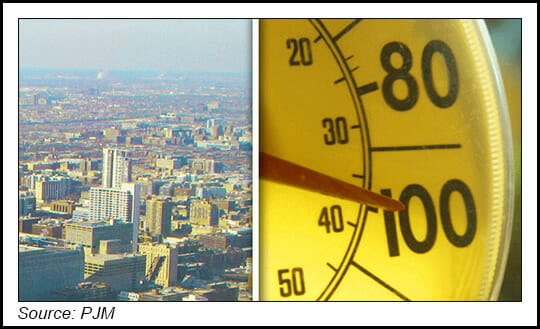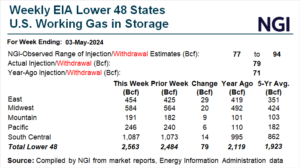PJM Interconnection, the largest U.S. power grid operator, is forecasting adequate supply to meet the electricity needs of its 65 million customers this summer.
PJM, which serves 13 states and the District of Columbia, expects peak demand of about 149,000 MW this summer, but it has performed reliability studies at loads in excess of 155,000 MW.
Last year’s peak demand across the grid was about 144,000 MW, occurring on July 20. PJM noted that the Covid-19 pandemic impacted demand last year. PJM is forecasting higher demand this summer since the pandemic’s impacts on demand have lessened, and since warmer-than-normal temperatures are expected.
“Planning and preparation are key,” said CEO Manu Asthana. “PJM and our members continually coordinate and prepare for peak...



